Potato flour is a versatile and healthy alternative to wheat flour. It’s a great thickener that adds a creamy texture to broths, creams, sauces, and frozen desserts, and can be used for breading fried foods to create a crunchy golden crust. When used for baking, it gives a fluffier, lighter texture for bread, cake, cookies, and even pizza.
It goes through minimal processing, so it can be easily made at home. It has most of the nutritional value of whole potatoes, and even some of its earthy flavor.
Potato flour holds in moisture, extending the shelf life of whatever you use it for. It is especially good for keeping bread moist and fresh for longer. You can add it to meatloaves and burger patties for a similar effect.
Why? The nutritional pros
Although potato flour is technically a processed food, it goes through very minimal processing; almost all the nutritional value of cooked potatoes remains intact. Like whole potatoes, it is a good source for:
- Fiber: potato flour is an excellent source of fiber, which is good for digestion and helps you feel sated for longer.
- Resistant starch: potato flour contains resistant starch, which reduces insulin resistance and balances blood sugar levels, as well as improves digestive health.
- Vitamins: you can get a good dose of vitamin C and a variety of B vitamins, especially vitamin B6, but also thiamin (B1), riboflavin (B2), niacin (B3). Some varieties of potato flour (in particular, sweet potato flour) may contain significant amounts of vitamin A.
- Minerals: potato flour is a reliable source of iron, magnesium, phosphorus, and potassium. It includes smaller amounts of copper, zinc, and calcium.
- Protein: 1 cup of potato flour contains 11.2 grams of protein or about 22% of the recommended daily intake. It’s not a significant amount of protein, but it’s still noteworthy.
- Antioxidants: Potato flour (especially sweet potato flour) contains a variety of compounds with antioxidant properties, including flavonoids, carotenoids, and polyphenols, which help combat free radical damage and reduce the risk of chronic diseases.
Potato flour is a great plant-based source of iron, not only because of its relatively high iron content but because it contains vitamin C which improves its absorption.
Best Uses of Potato Flour
Potato flour is made from a drying process, which is why it absorbs moisture into any recipe you include it in, creating a thickening effect that can be used for many recipes. This moisture-absorbent quality helps keep your baked goods fresher for longer.
Potato flour can add a rich, creamy texture to soups, broths, gravies, condiments, sauces, pie fillings, and frozen desserts (such as ice cream or ice yogurt).
Potato flour is not often used as the only flour when baking. Instead, it is combined with other, less absorbent flours to create a more manageable consistency.
When used for baking, it gives a lighter, fluffier texture and softens the dough. It can be included in bread, cakes, muffins, cookies, and any baked desserts with a soft center. You can even add it to pizza dough or burger patties for better consistency.
Potato flour is a great gluten-free breading for all your favorite fried recipes, it is also much more nutritious than normal breading. With it, you can indulge your fried food cravings with less guilt.
Is it ok with the potato diet?
Potato flour has a very similar nutritional value to whole potatoes, so there’s no problem with including it in the potato diet. However, you may not find a lot of uses for it since the diet often uses fairly simple recipes.
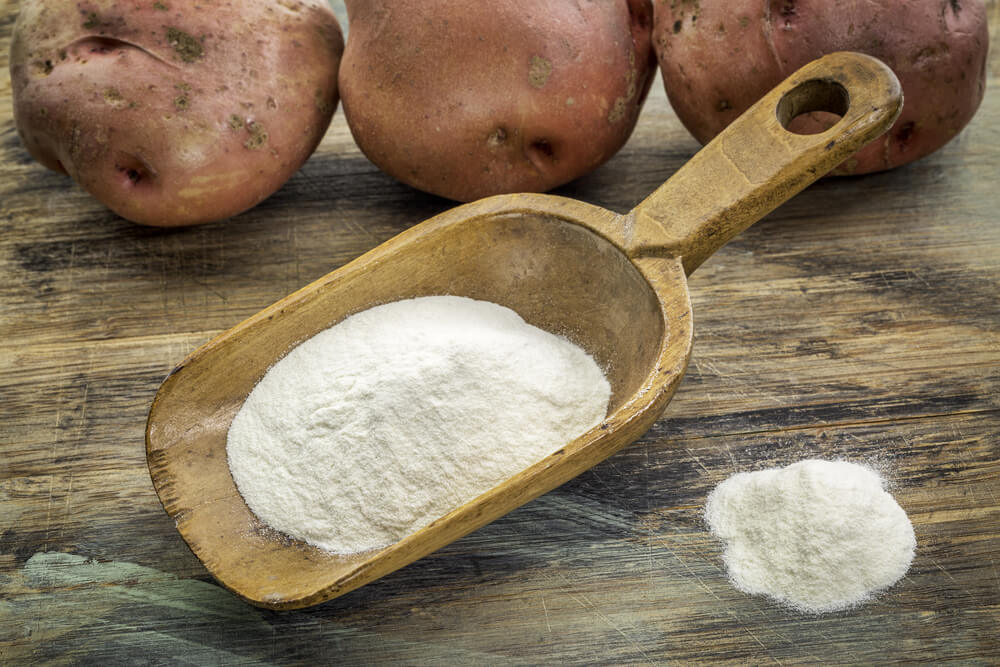
Is potato flour gluten-free?
Yes! Potato flour is a great ingredient to have for anyone with gluten sensitivity because it is naturally 100% gluten-free. It’s a safer and more nutritious alternative to wheat flour, which is needed for a lot of recipes. Potato flour should be a staple ingredient in your gluten-free pantry.
How to make it?
Potato flour is easy to make with common tools found at home, and there are several ways to do it, but you’ll generally follow these steps:
- Making potato flour is a great way of using up any extra potatoes you have, so you can choose any type of potatoes to work with. However, big starchy potatoes seem to work best.
- Wash the potatoes and scrub them well.
- Peel and slice the potatoes as much as you can, the thinner the better. You can use a mandolin slicer or a food processor to get even thinner slices.
- Lightly boil the potato slices for 1-2 minutes to prevent them from browning.
- Spread out the potato slices on a large tray, preferably lined with greaseproof paper.
- There are several ways to dry your potato slices. You can use an oven, a dehydrator, the sun, or any warm spot around your house. The time it takes to dry them would vary greatly between 4 hours to several days, depending on the method used.
- Make sure to flip the slices every once in a while. After they dry, they should shrink in size and be very light. If you try to pinch them with your fingers, they should crumble. If you tested the potatoes and it turned out they aren’t dry enough, you could always leave them to dry some more.
- There are many tools you can use to turn the dry potatoes into a powder, for example, any blender or food processor would do. You can also crush them manually with a rolling pin, but it would take a while.
- Store your potato flour in an air-sealed container. The drier the potatoes were, the longer it will last.
Alternatively, you can make potato flour from mashed potatoes or grated potatoes, and dry them in the same way.
Where to buy it?
Potato flour is often found in large supermarkets, usually in the baking aisle but not necessarily. You can also find it in more specialized healthy food or gourmet food stores.
Organic potato flour?!
- GMO (genetically modified organisms) potatoes were created in 2015, their genetic modification reduces the appearance of spots and bruises (for aesthetic reasons), and they are also edited to reduce the harmful acrylamide that may appear when potatoes are cooked in high temperatures.Acrylamide can be carcinogenic in large quantities and is most often created from cooking plant-based foods in high temperatures. When frying, the higher the temperature, the higher the acrylamide levels formed, so it’s better to fry potatoes at around 170°C (about 338° F). With baking, however, it is healthier to use a higher temperature and a shorter period of time.There are many ethical and health reasons why people choose to buy organic foods whenever possible. If you’re using organic potatoes/potato flour and are worried about acrylamide, just make sure not to overcook them.The non-GMO project currently lists potatoes as a high-risk entry, because of the popularity of GMO potatoes. When buying potato flour, make sure the packaging has a “non-GMO” seal.
Why not? The cons
There aren’t many disadvantages to potato flour. As mentioned before, it is nutritious and gluten-free. One problem you may face is that it may not fit that well into all recipes that require flour. It has a distinct potato taste that you may not want in your recipes, it is also prone to creating a gooey, gelatinous texture.
Another disadvantage is that it can be a bit costly. It’s usually more economical to make your own potato flour, which some people may not have the time or willingness to do.
If you’re trying to bake something that should be dry and crisp, like a baguette, then potato flour would be a really bad idea. Almond flour or coconut flour may be a better alternative in this case.
Potato flour bread
Potato bread is unique because of its dense, yet airy texture. It is traditionally made from wheat and mashed potatoes, but you can use potato flour instead.
You may use a mix of wheat flour and potato flour in a 4-1 ratio, or a mix of potato flour and other gluten-free alternatives, depending on the recipe.
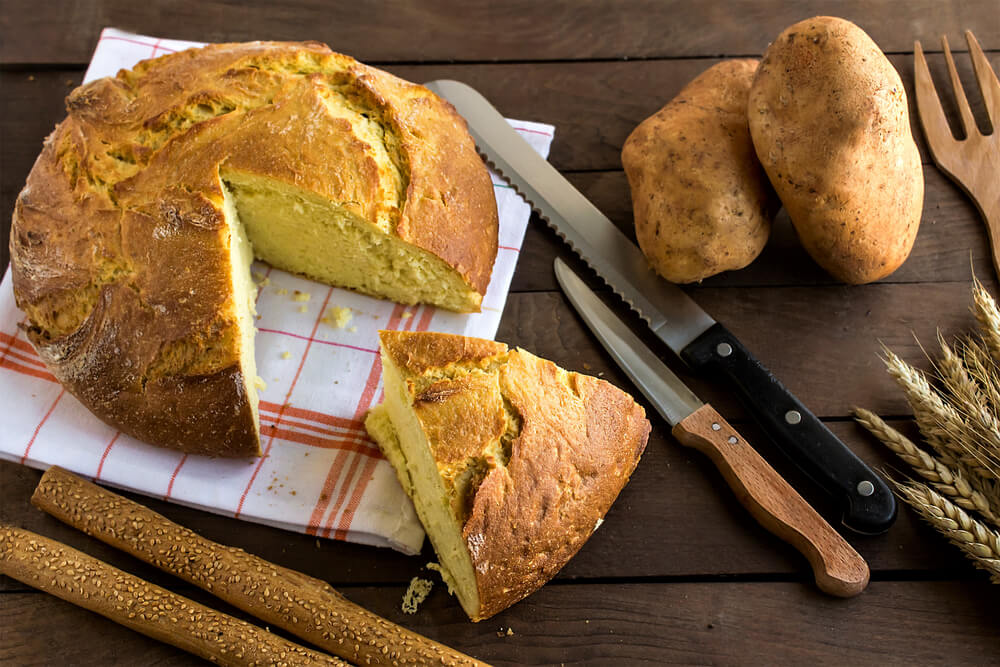
Substitutes
In case you don’t have enough potato flour on hand for that delicious recipe you’re making, there are many alternatives that you can use. You can go for potato starch, potato flakes, or mashed potatoes for a very similar effect, or you can try other substitutes. If you’re making something that requires a creamy texture, you can try cornstarch, tapioca flour, arrowroot flour, or quinoa flour.
If your recipe requires a harder consistency or a crisp texture, use alternatives that don’t absorb as much water, such as rice flour or almond flour.
Learn more about all the potato flour alternatives and their nutritional value.
Keep in mind that not all alternatives can be swapped 1-1, so some experimenting with measures may be required.
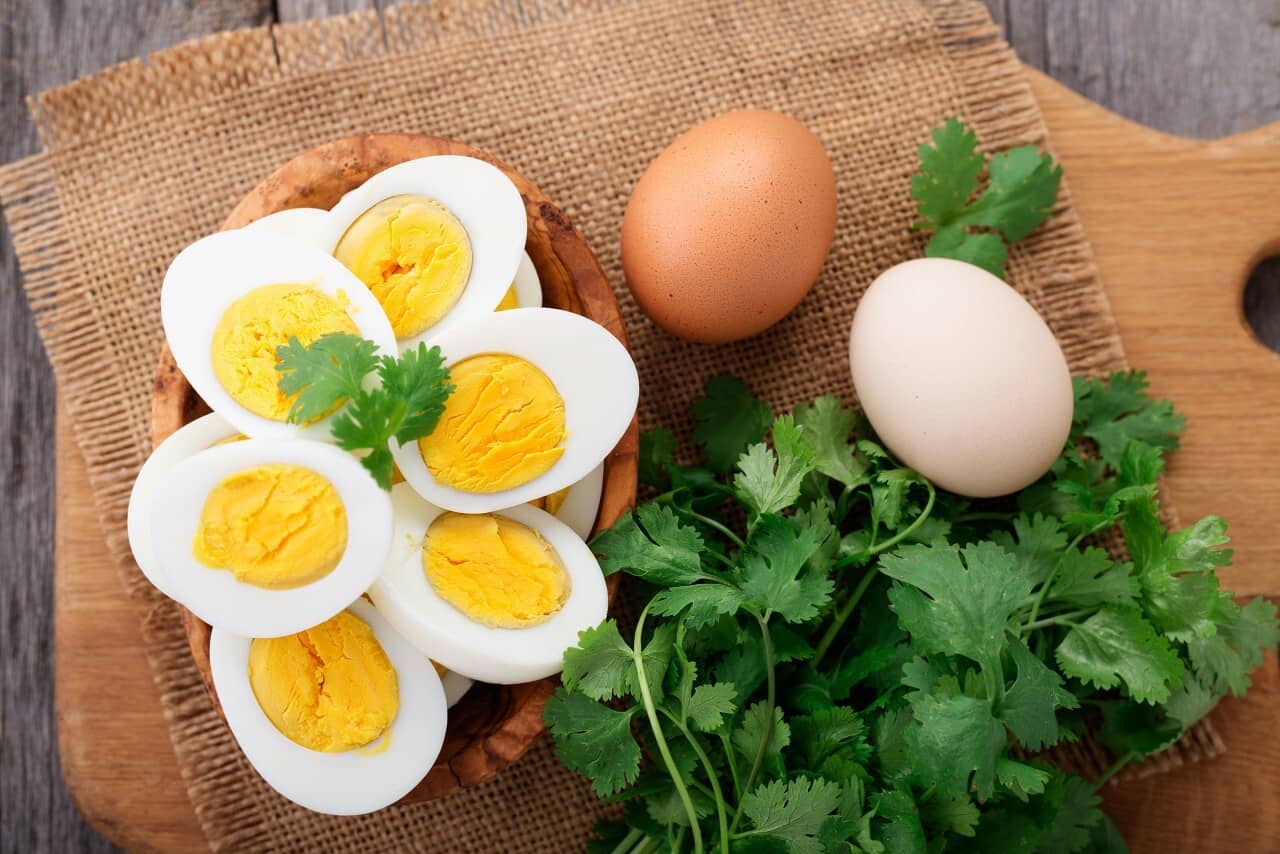


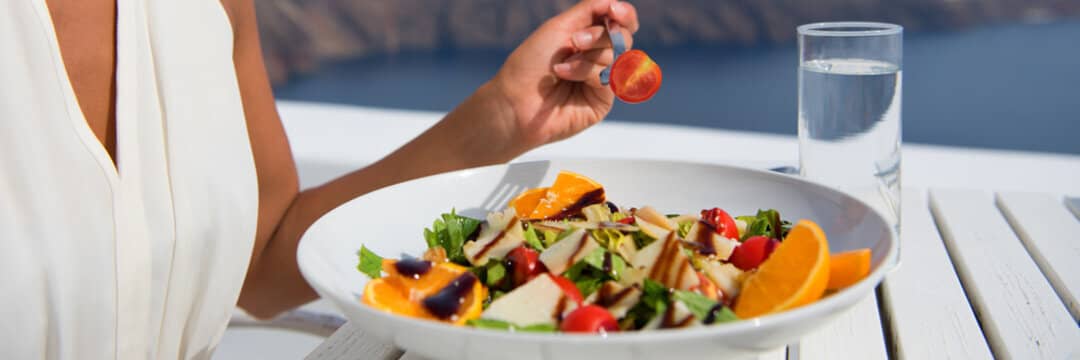
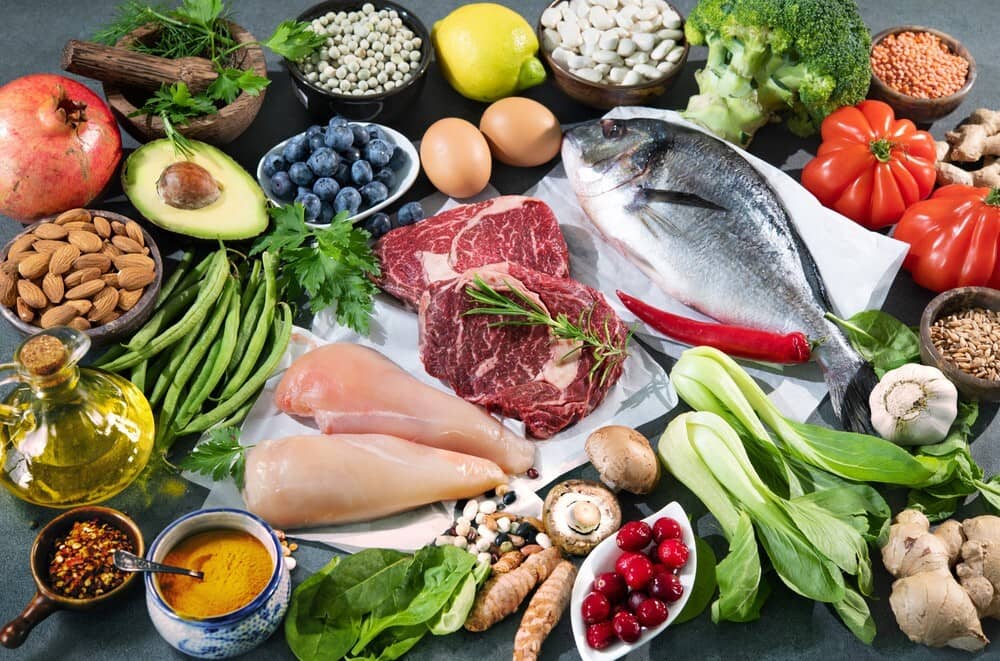
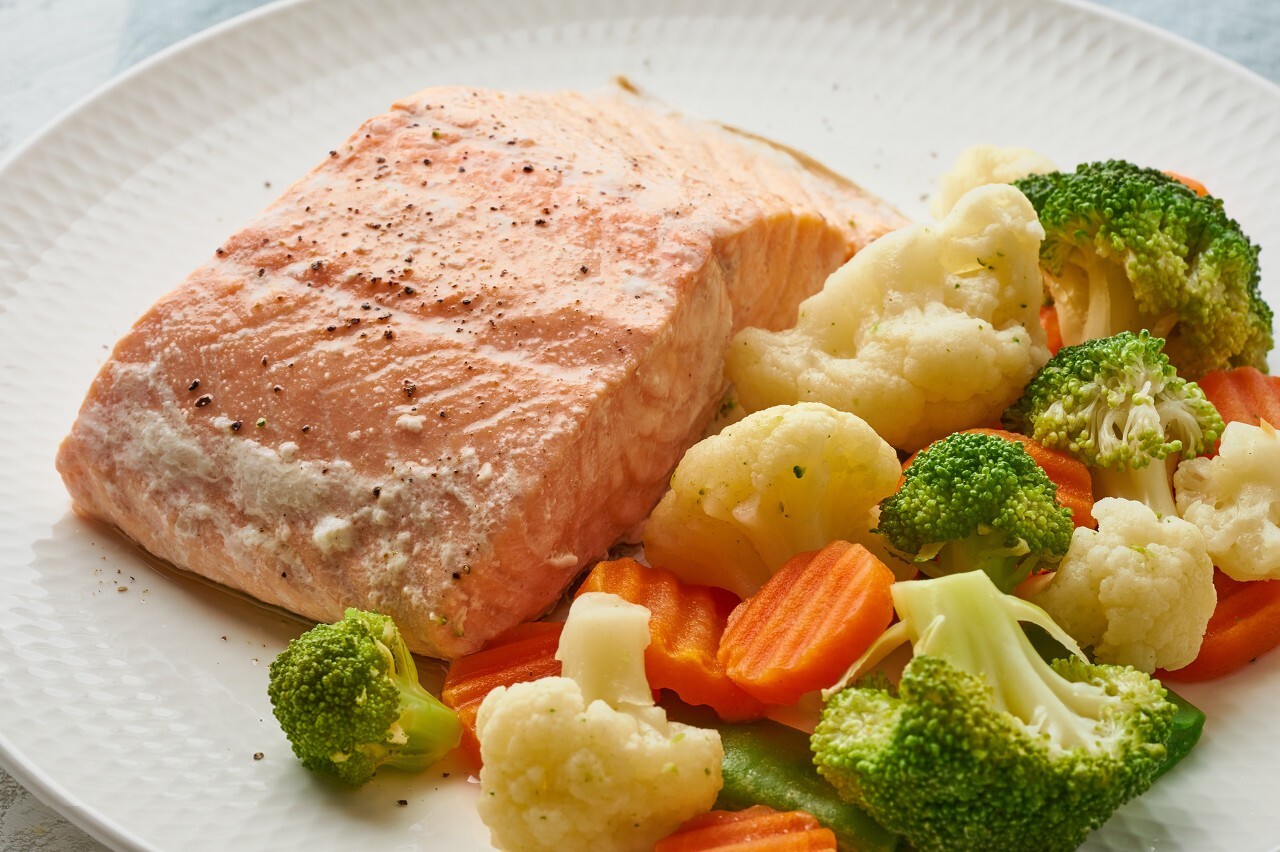



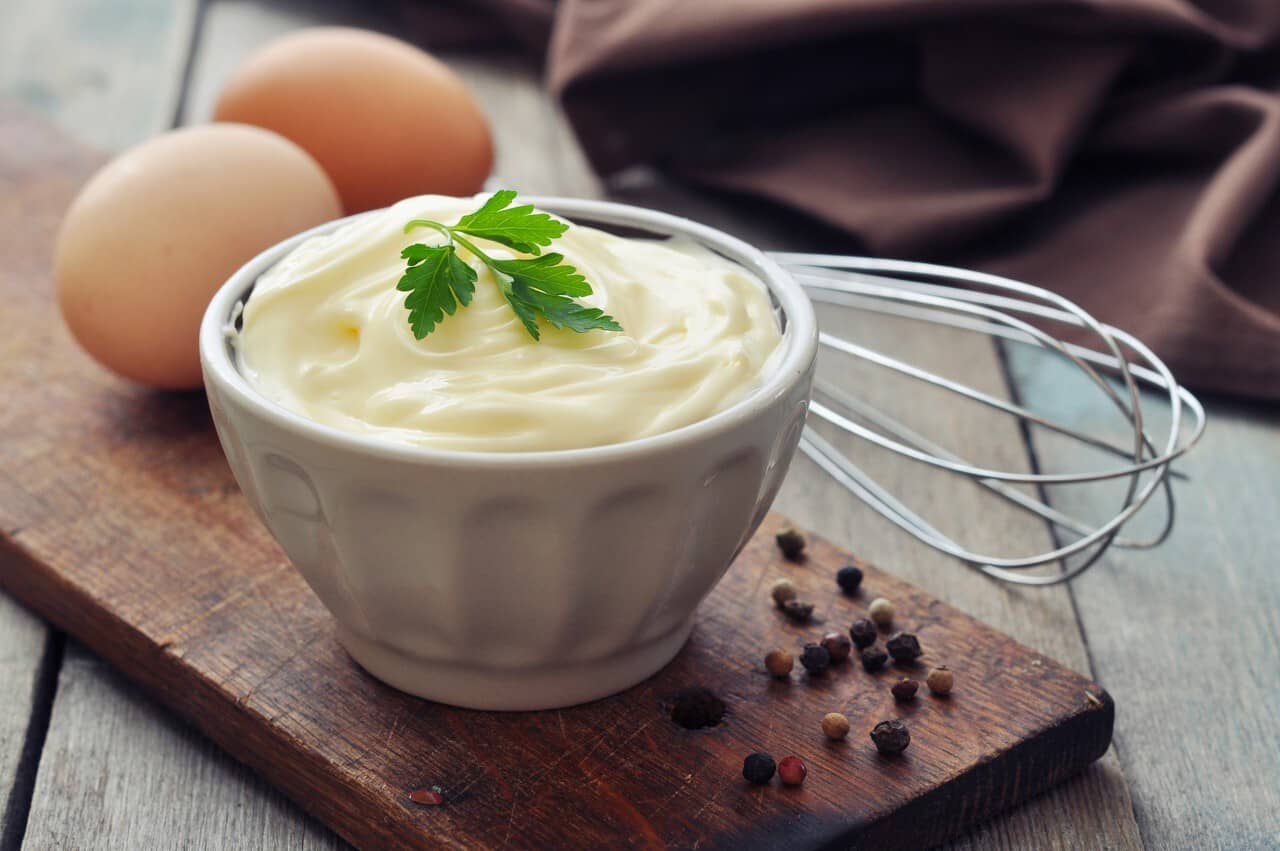
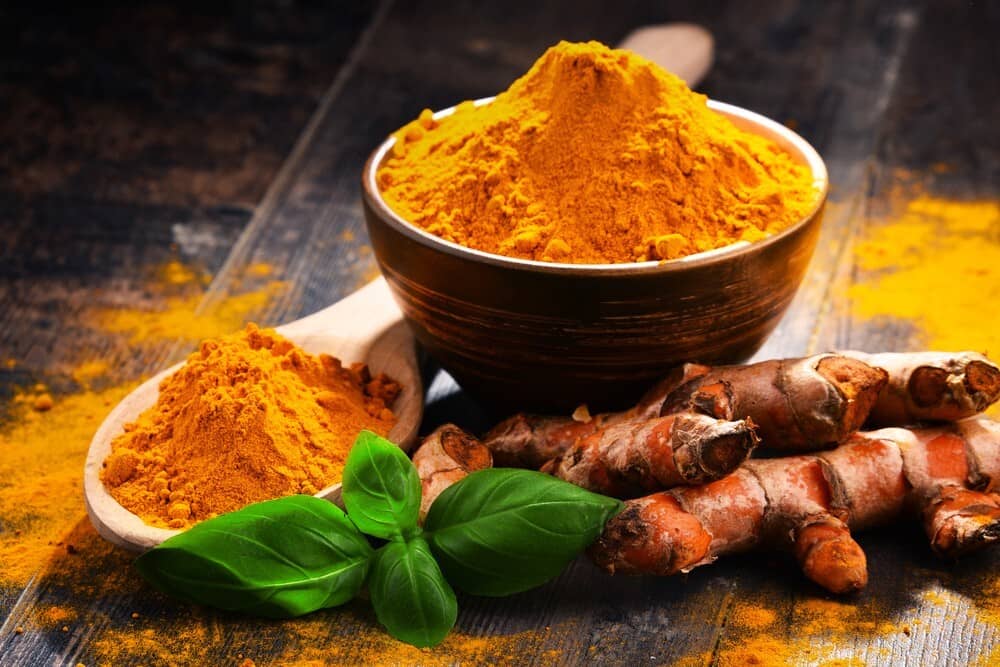
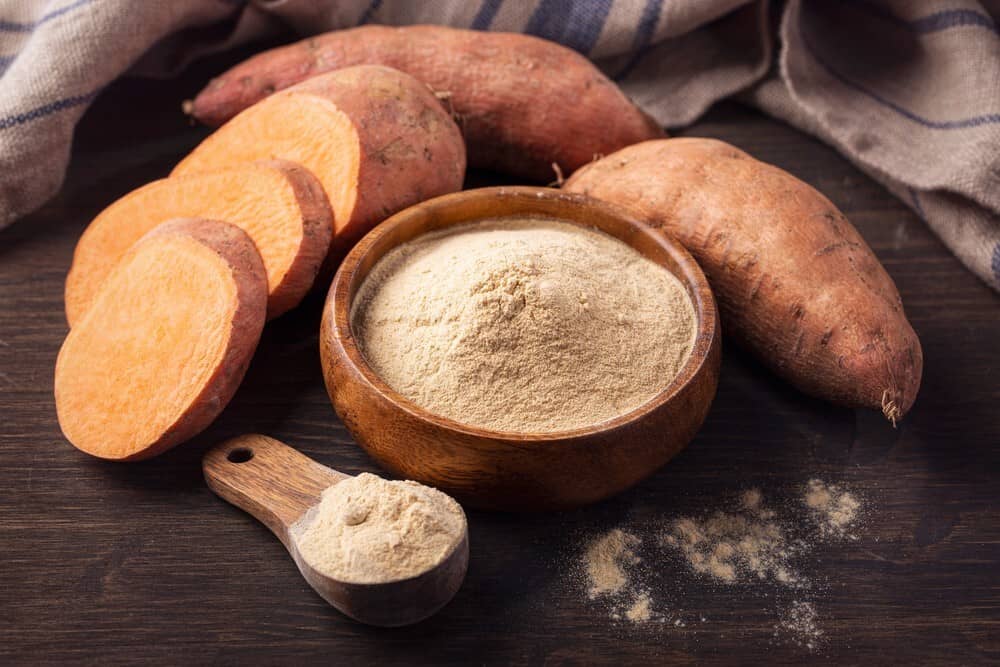
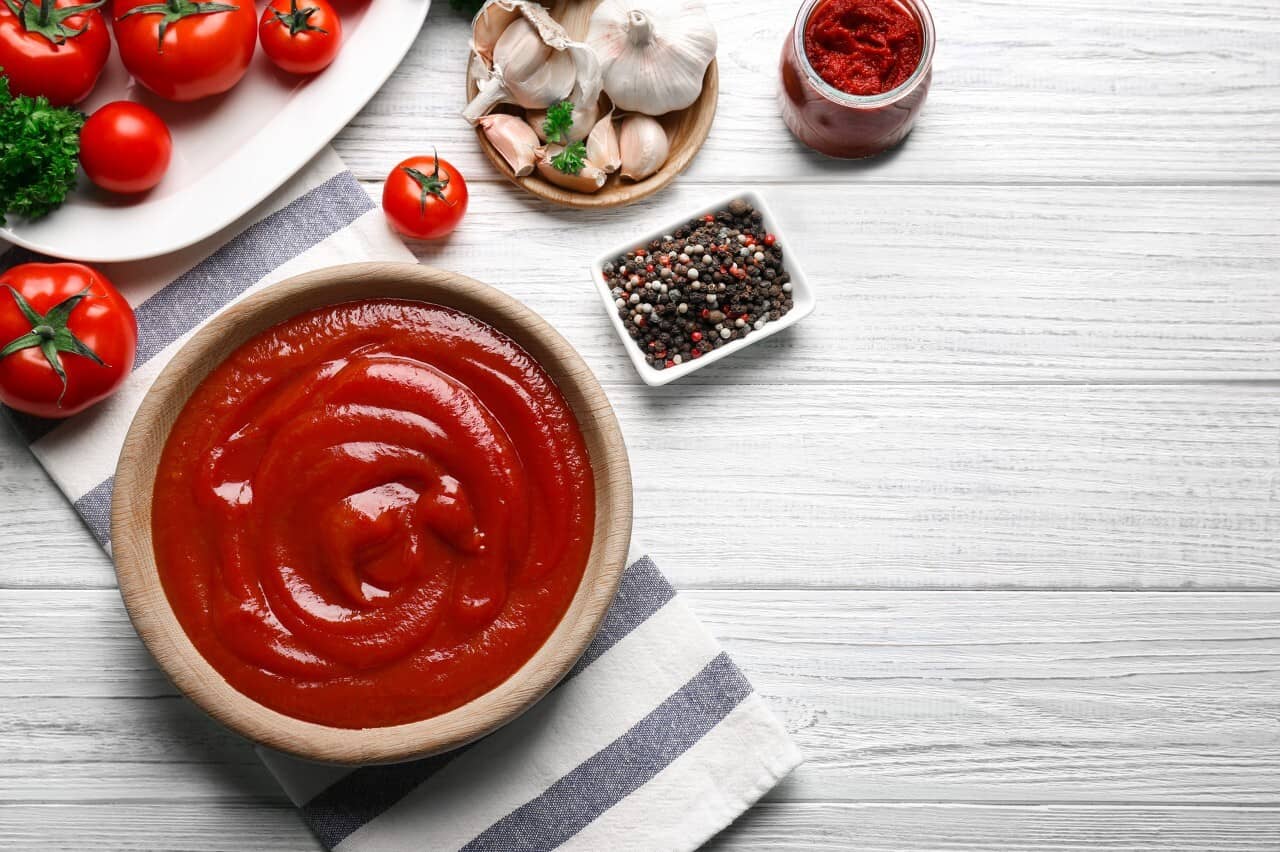
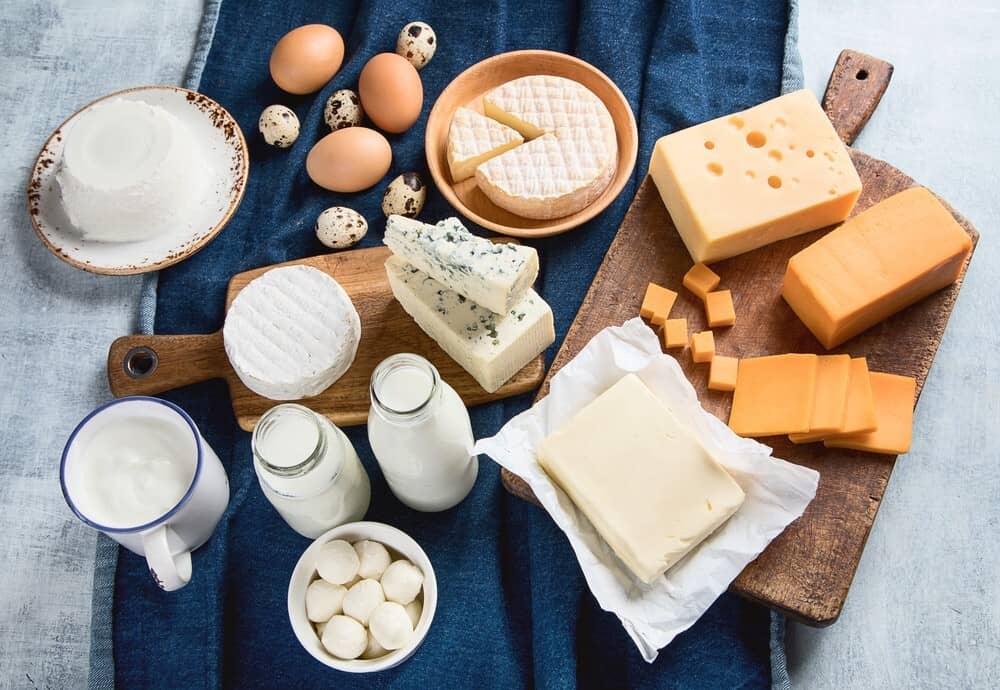










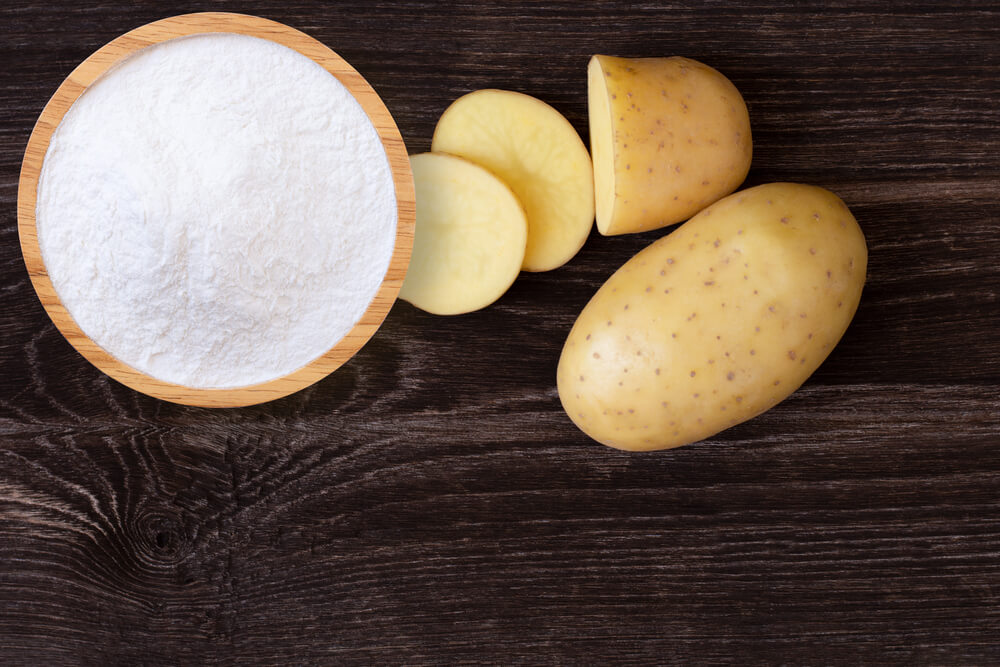
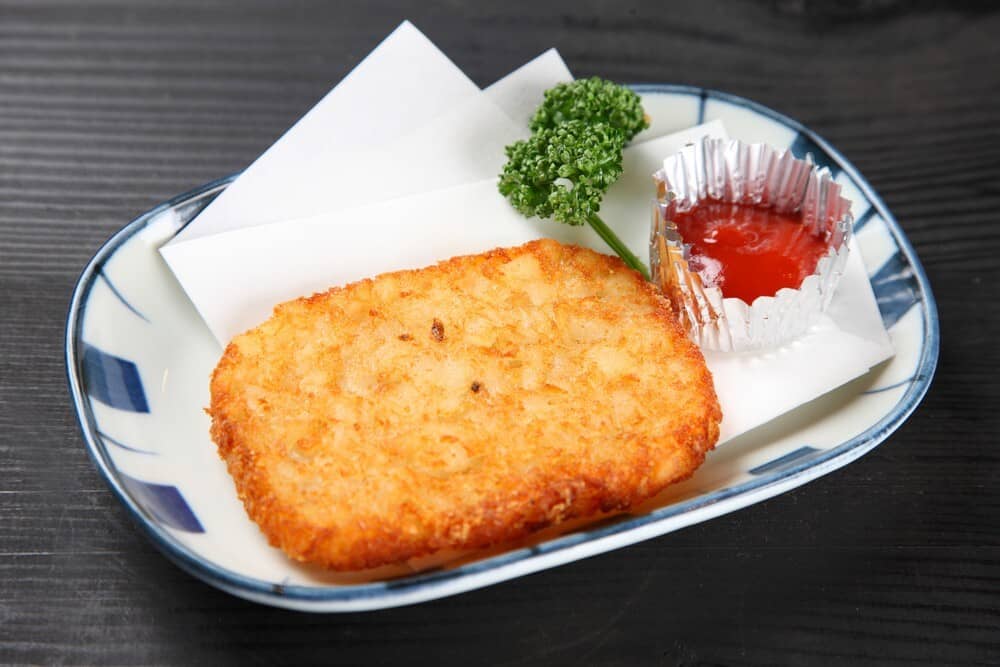
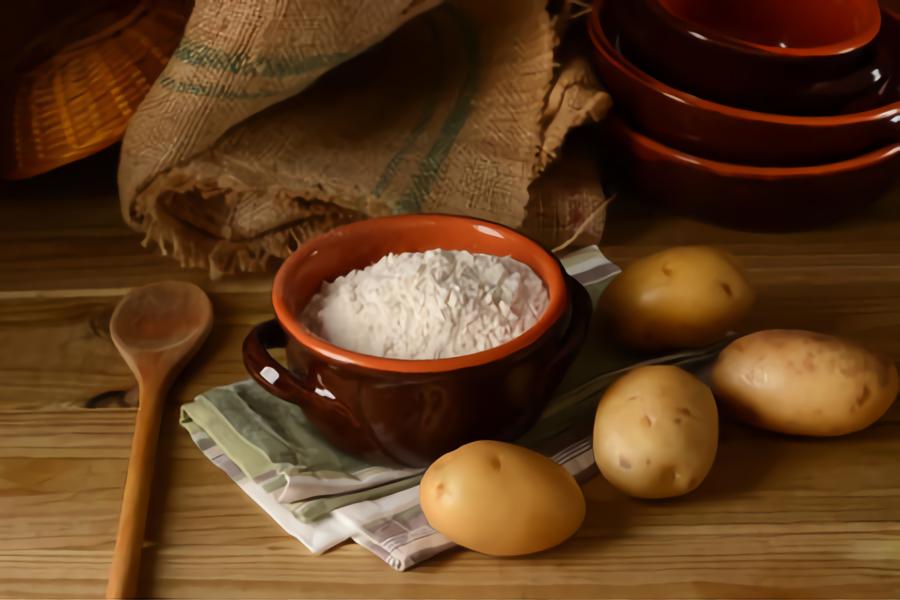
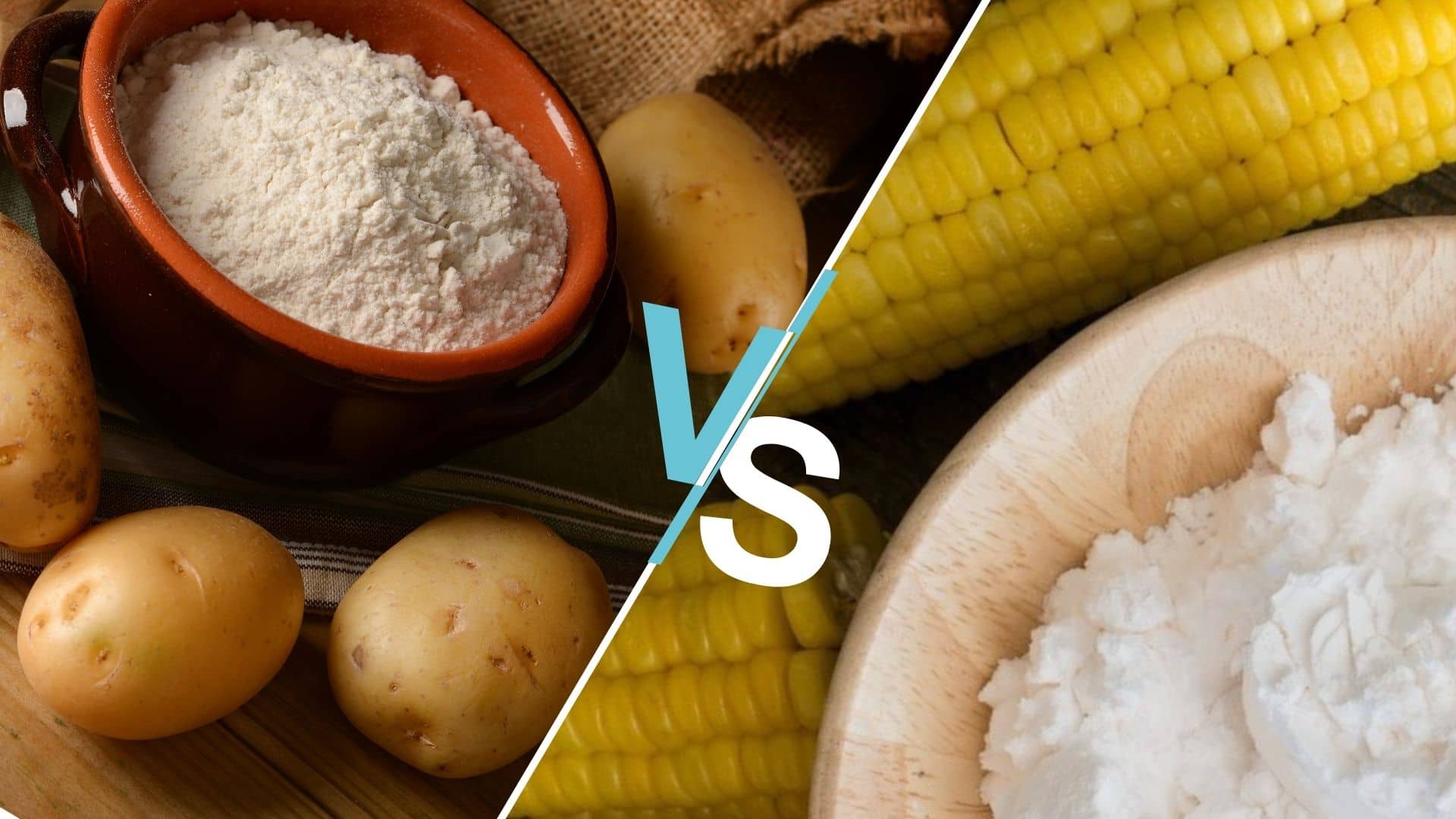
Every weekend i used to pay a visit this web site, as i want enjoyment,
as this this web site conations really nice funny data too.
Thank you so much
Hi there, I enjoy reading all of your article.
I wanted to write a little comment to support you.
Thanks so much.
Thanks for sharing your thoughts
Regards
Thanks for you.
My partner and I stumbled over here different
website and thought I might check things out. I like what I see so i am just following you.
Look forward to checking out your web page again.
Thanks
Having read this I believed it was rather informative.
I appreciate you spending some time and energy to put this informative article together.
I once again find myself personally spending way too much time
both reading and posting comments. But so what, it was still worthwhile!
Thank you very much.